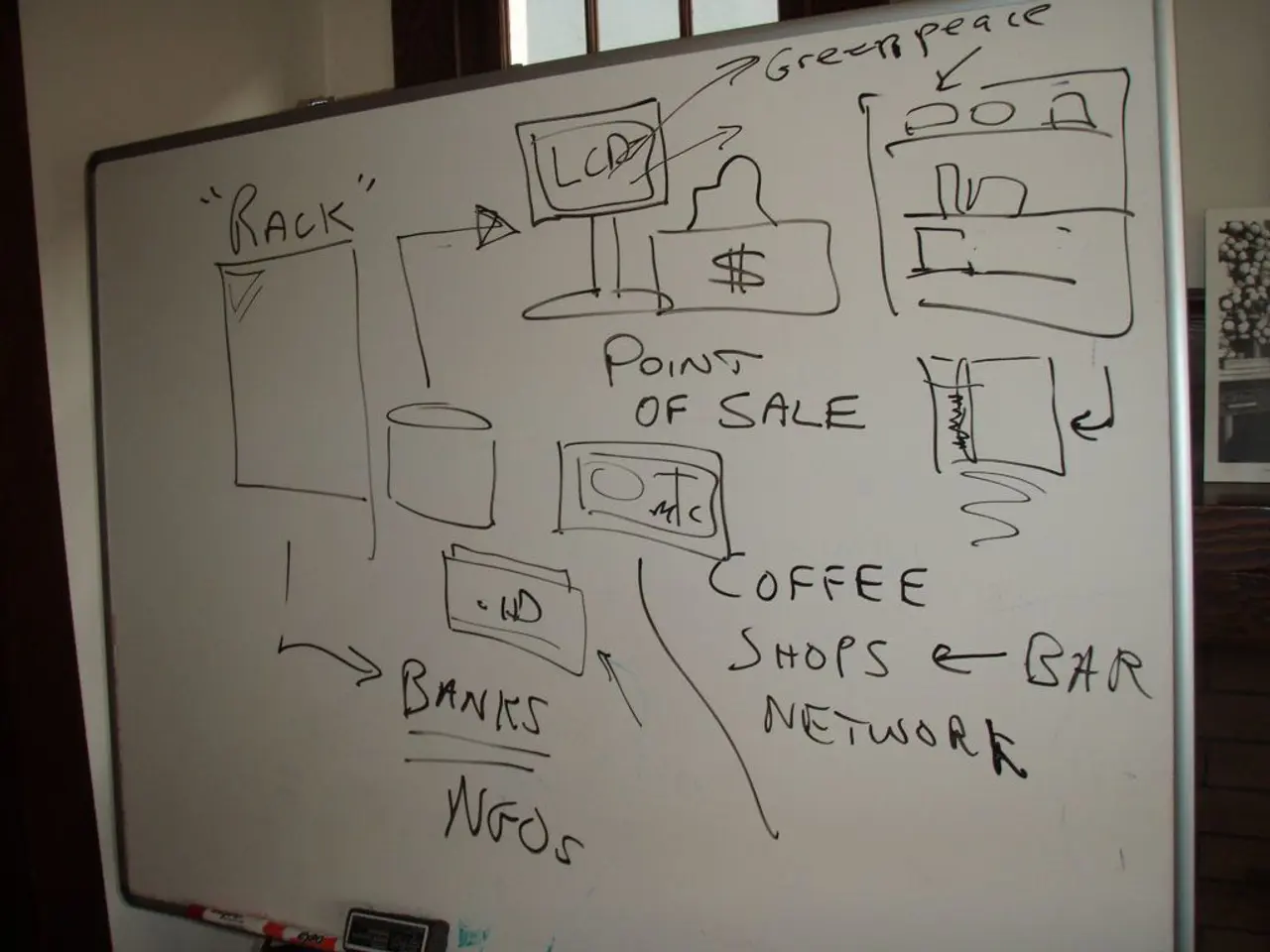Unseen transformation unfolding in public view
Headline: Quantum-Resistant Security Protocols Gain Momentum Worldwide
The race to secure digital communications against the looming threat of quantum computing has gained significant momentum, with quantum-resistant security protocols (post-quantum cryptography, PQC) in active implementation phases globally.
Current Status and Timeline
As of mid-2025, organizations are beginning the internal validation of quantum-safe encryption in non-production environments. By Q3, critical systems will be mapped, and phased rollouts are set to start in Q4, focusing initially on external-facing services. The U.S. National Institute of Standards and Technology (NIST) has mandated that by 2030, classical encryption with around 112-bit security or less must be phased out, and by 2035, classical encryption will be fully disallowed in favour of PQC. The European Union has also released a detailed PQC implementation roadmap, targeting a minimum baseline readiness for all EU Member States by the end of 2026.
Implications for Organizations and Governments
The transition to quantum-resistant security is the most comprehensive security transition in the history of digital communications. Organizations that delay PQC adoption risk having data stolen today that could be decrypted retroactively once quantum computers arrive, resulting in serious confidentiality breaches and loss of trust. Regulatory and compliance impact are also significant, with boards, regulators, insurers, and stakeholders increasingly requiring proof of quantum readiness.
Infrastructure modernization is crucial for a successful transition, particularly in hybrid multicloud environments, to maintain protection in dynamic and distributed IT landscapes. Sector-specific needs are also being prioritized, with industries like automotive, critical infrastructure, and public administration being targeted due to the severe consequences quantum attacks could have on safety, national security, and essential services. Post-quantum cryptography is becoming a standard part of cybersecurity risk frameworks, necessitating education, budgeting, and strategic planning across organizations.
The Quantum Arms Race
The order's explicit naming of China as the "most active and persistent cyber threat" reflects a quantum arms race that most civilians barely perceive. China's massive investments in quantum research, combined with rapid advances from American tech giants, point to a reality where quantum advantage becomes national advantage. The acceleration of quantum-resistant security adoption represents a fundamental shift from reactive to preemptive cybersecurity.
The Challenge Ahead
What makes this transition particularly challenging is its combination of mathematical certainty and implementation uncertainty. We know with precision that quantum computers will break classical encryption, but we don't know exactly when, how smoothly the transition will proceed, or what new attack vectors will emerge. Adversaries with sufficient foresight are already capturing and storing encrypted data, wagering that future quantum capabilities will render today's protections obsolete. This creates a temporal paradox: Data encrypted today may already be compromised tomorrow, even though the decryption hasn't happened yet.
The executive order's emphasis on "crypto-agile" systems reveals a deeper strategic understanding: This transition to quantum-resistant security will not be a single migration but an ongoing process. A cryptographically relevant quantum computer (CRQC) is a computer that can break our current asymmetric cryptography. Its emergence represents the point at which a quantum computer will be able to decrypt the current public key encryption that underpins the internet.
In summary, we are significantly closer to a cryptographically relevant quantum computer than many people believe. The best time to deploy quantum-resistant systems was yesterday, and the response must be equally urgent to stay ahead of the quantum curve.
- The ongoing transition towards quantum-resistant security protocols will necessitate a focus on data-and-cloud-computing infrastructure modernization, particularly in hybrid multicl cloud environments, to protect against potential quantum attacks.
- As the threat of quantum computing looms, organizations that fail to adopt post-quantum cryptography (PQC) may face serious cybersecurity risks, such as confidentiality breaches and loss of trust, making PQC a standard part of technology-related cybersecurity risk frameworks.




